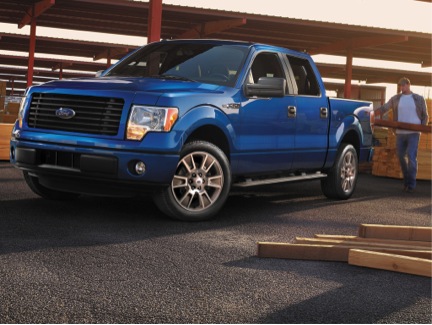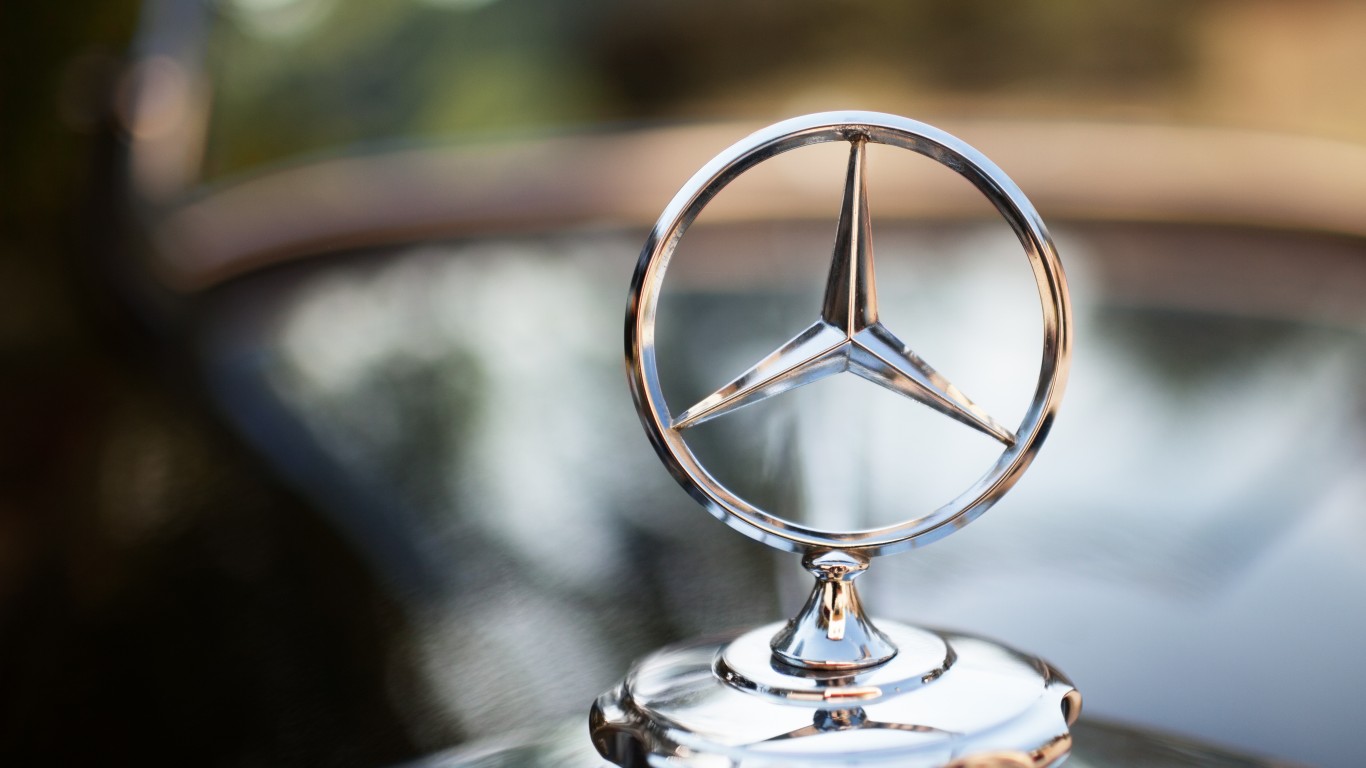Good news: After a sluggish winter, U.S. auto sales are once again on the rise.
Sales of “light vehicles”— cars, pickups, and SUVs — rose 11.4% in May, to an annualized sales pace of 16.77 million vehicles.
That’s the highest pace we’ve seen since 2007, and nearly all the big names are benefiting. Ford (NYSE: F) and General Motors (NYSE: GM) both posted sales gains that beat Wall Street expectations yesterday.
Some did even better: Toyota (NYSE: TM), Nissan (OTC: NSANY), and Fiat Chrysler (OTC: FIATY) all reported gains that beat the overall market’s growth.
That’s great for the automakers, and the suppliers and employees that depend on their continued good health. But the rest of the U.S. economy is still pretty sluggish. What’s driving this new-car sales boom?
There are still a lot of old cars out there
It’s a combination of factors. Auto executives often point to the age of “the fleet,” their shorthand for all of the light vehicles owned and driven by Americans. The average vehicle on U.S. roads is well over 10 years old. That’s quite a bit older than historical norms.
Many consumers and businesses delayed new-vehicle purchases during the economic crisis and the recession that followed. That has led to what those executives call “pent-up demand”; the thinking is that we’re seeing that play out in the marketplace with an auto-sales growth that is running ahead of the overall economic recovery.
That’s all true. But if we dig a little deeper, we see there’s another factor at work, and it’s one that could set off some alarm bells: easy credit.
ALSO READ: Why Fiat Chrysler Is Building a 600 Horsepower Dodge Challenger
Bigger, longer-termed car loans — lots of them
It’s important to understand that this isn’t a replay of the mortgage crisis. But it does shed some light on why U.S. auto sales have been so strong.
What’s happening is that consumers are borrowing more than they used to, and they’re choosing loans with longer terms. That raises the possibility that delinquencies could rise in time.
The sporty Dodge Challenger starts at $26,495, but a top-of-the-line SRT 392 model can break $50,000. A lot of buyers need financing. Experian says that the average term of an automotive loan reached 66 months in the first quarter of 2014. That’s a record, the highest level they’ve seen since they started tracking that statistic back in 2006.
The company also reported that loans with terms of 73-84 months — six to seven years — made up 24.9% of all new vehicle loans originated during the first quarter of 2014, a 27.6% increase over a year ago. And the average amount financed is also up by almost a thousand dollars in the past year, to $27,612.
It’s not a replay of the subprime crisis, but…
It’s not that lenders are flooding the market with subprime loans. They are up, but only a little: Credit agency Experian said in a report this week that “nonprime, subprime and deep subprime new vehicle loans rose slightly in Q1 2014 to 34.34 percent from 33.68 percent in Q1 2013.”
But that’s not a level that should cause alarm bells, because the number of auto loan deadbeats isn’t exactly soaring: Credit agency TransUnion says that auto loan delinquencies of 60 days or more increased to 1% of all outstanding automotive debt in the first quarter of 2014…from 0.95% a year ago. That’s still low, and not a cause for concern.
And it’s worth noting that auto loan defaults aren’t like mortgage defaults. There’s a big reason why: Cars are easy to repossess, much easier than foreclosing on a home. And after they’re repossessed, lenders can sell them quickly and easily. That means that cash-strapped borrowers are likely to make their car payments even when they don’t make their mortgage payments —because they need the car to get to work.
Long story short, this isn’t necessarily a huge crisis in the making. But American car buyers are taking on more debt, and they’re taking it on for longer periods, and that could have some consequences down the road.
Are You Ahead, or Behind on Retirement? (sponsor)
If you’re one of the over 4 Million Americans set to retire this year, you may want to pay attention.
Finding a financial advisor who puts your interest first can be the difference between a rich retirement and barely getting by, and today it’s easier than ever. SmartAsset’s free tool matches you with up to three fiduciary financial advisors that serve your area in minutes. Each advisor has been carefully vetted, and must act in your best interests. Start your search now.
Don’t waste another minute; get started right here and help your retirement dreams become a retirement reality.
Thank you for reading! Have some feedback for us?
Contact the 24/7 Wall St. editorial team.




